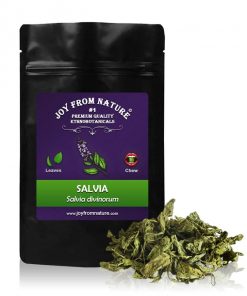Bk-2C-B Dosage
βk-2C-B is said to be 10 times less potent than 2C-B because it requires higher doses for the same perceived effect. A threshold dose of 50–60 mg is often reported. Normal dosage ranges between 60 to 150 mg are generally followed by users, who also report a steep dose-response curve around the upper limit of this dosage range. Nevertheless, there are several testimonies reporting a clear effect is achieved at 100 mg dose. These reports express that Bk-2C-B has a commencement of action of 20 to 70 minutes and that a significant psychological effect is observed with a total duration of 8 to 12 hours. Despite being seen as a relatively safe compound within the dosage range listed above, there has been a report of a healthy 25 year-old male user who had cardiac arrest following a dose of 140 mg. Attending this and other experiences, users recommend not taking a dose above 100 to 120 mg because the perceived effects do not change notoriously for higher doses and it is more likely to cause toxic effects and will thus be dangerous when approaching the more steep dose-response curve.
Effects
The relatively small amount of research towards the effect of the compounds within the 2C family translates to βk-2C-B as well, with close to no research being conducted at all within this field of interest. Most of the knowledge available is reported anecdotally by recreational users. Often, main described pronounce effects are open and closed-eye visuals, time distortion and euphoria. These effects are common for most psychedelics in the substituted phenethylamine class.
There is a strong similarity between the subjective effects caused by Bk-2C-B and 2C-B. However, βk-2C-B is often described to be more stimulating and less psychedelic. This, combined with its long duration, could increase the perceived severity of the effects. Also, physiological stress could follow from βk-2C-B. This because, much like 2C-B, an elevated heart rate and blood pressure is often reported. This could further potentiate the perceived sense of euphoria, perception (namely colour intensity) and bodily feelings.
Tolerance
Like other psychedelics, βk-2C-B is regarded as non-addictive and subsequent dosing intervals will generally increase tolerance to βk-2C-B and other psychedelic substances. This form of cross-tolerance is extremely common and well-described for compounds sharing similar mechanisms of action as psychedelic phenethylamine derivatives do.
Legal status
βk-2C-B is a controlled substance in the following countries:
- Germany: βk-2C-B is controlled under the New Psychoactive Substances Act (NpSG) as of November 26, 2016. Possession is illegal but not penalised.
- Switzerland: βk-2C-B is a controlled substance specifically named under Verzeichnis E.,[5]
- United Kingdom: βk-2C-B is illegal to produce, supply or import under the Psychoactive Substance Act as of May 26, 2016.[6]
- United States: βk-2C-B is unscheduled in the U.S., but may be considered an analogue of 2C-B under the Federal Analogue Act, and thus a Schedule I drug.
- Canada: βk-2C-B is a Schedule III controlled substance as of October 12, 2016.
- Sweden: βk-2C-B was classified as a narcotic on April 5, 2019.[7]
Hazards
No hazards specifically for βk-2C-B have been reported, but there are some common hazardous effects found in 2C-phenethylamines which could be present for βk-2C-B. These include chills, nausea, anxiety, confusion, agitation, hypertension, seizures and death. Use of βk-2C-B may lead to hallucinations and violence, as well as dis-coordination; these could have severe consequences, not only for the user, but also the general public. The severity of such effects occurring depends on the dosage, with the risk increasing at higher doses. Both the USA and UK have reported both non-fatal and fatal intoxications with 2C-phenethylamines and substitutions of this family of psychoactive substances.















Be the first to review “Bk-2C-B”